During today's vision event, Intel also disclosed and demonstrated the 14th generation meteor Lake processor with standard and high-density packaging scheme to the participating media Last month, Intel announced that it was working to build this series of chip product line and would provide strong performance and experience support for notebook / desktop products in 2023. Now, for the first time, we finally have the opportunity to observe meteor Lake closely.
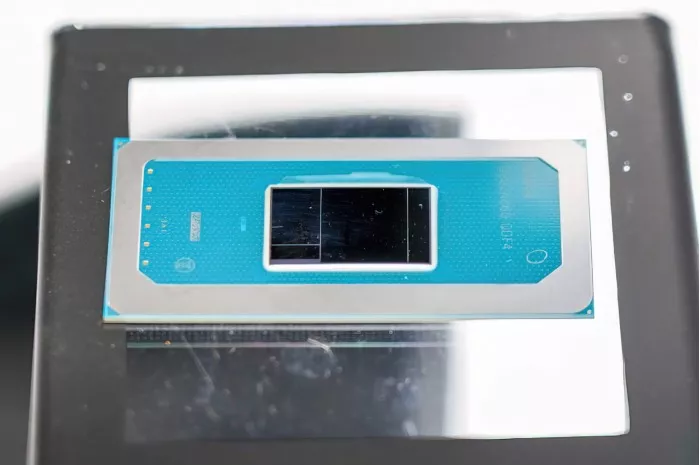
(figure from: PC watch)
Wccftech pointed out that as expected, meteor Lake adopted the multi tile design scheme and integrated the core IP manufactured by Intel and TSMC in the subsequent packaging stage.
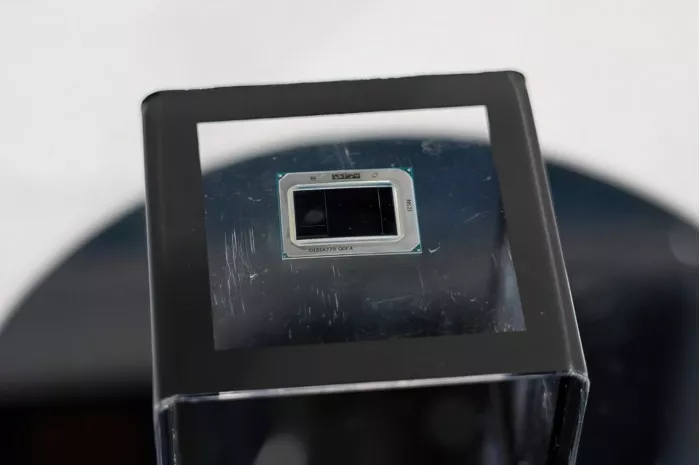
According to the photos shared by PC watch, Intel shows two different CPU package combinations - one is standard style and the other is high-density package.
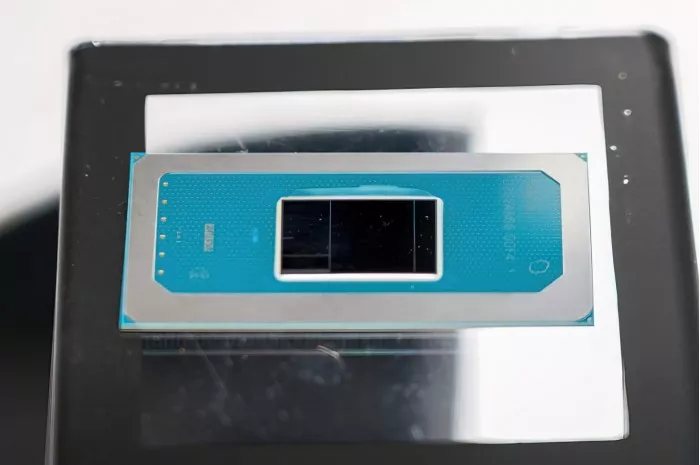
Compared with the 12th generation alder lake, one of the main differences of the 14th generation meteor Lake chip packaging is that the latter lacks the chip of the PCH part, and adopts the tile architecture design and integrates it on the same chip.
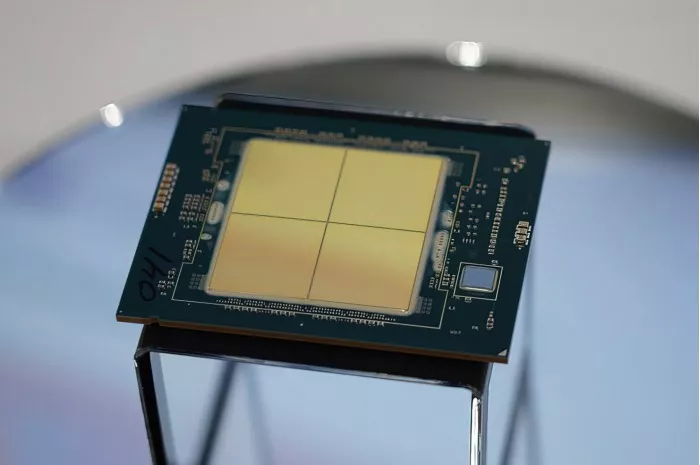
Intel sapphire rapids data chart
If you look closely, you will also notice that the main chip is composed of at least four tiles. One of the advantages of this scheme is that it can easily expand more tiles. Both CPU processors and GPU graphics chips can benefit from this.

Sapphire rapids data chart with HBM high bandwidth cache
In addition to meteor lake, chipzilla also showed Intel sapphire rapids chip in four tile package (HBM free / HBM version), and Ponte Vecchio acceleration chip based on Xe HPC flagship GPU architecture.
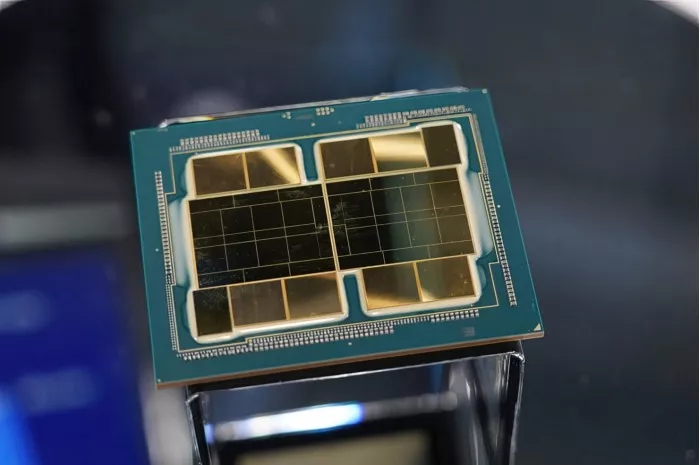
Ponte Vecchio Xe HPC GPU data chart
During today's vision event, Intel confirmed that sapphire rapids and Ponte Vecchio chips will go to Argonne National Laboratory to provide computational support for Aurora supercomputing scheduled to be put into use in 2022.

To get back to business, the Intel 14 generation meteor Lake processor based on Intel 4 advanced process, multi tile arc GPU and hybrid CPU core will bring great surprises to gamers next year.
Researchers _ get ready for faster supercomputers - Intel News(via)
Thanks to the new tile architecture scheme, the 14 band meteor Lake processor using Intel 4-pole ultraviolet lithography (EUV) process can improve the performance per watt by 20%, and Intel hopes to be ready for streaming by the second half of 2022.
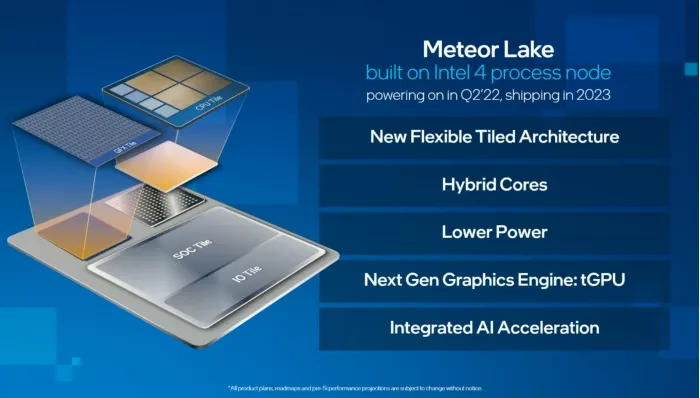
It can be seen that the meteor Lake processor is mainly composed of three tiles, namely IO, SOC and compute tile, and the latter includes CPU and gfx tiles.
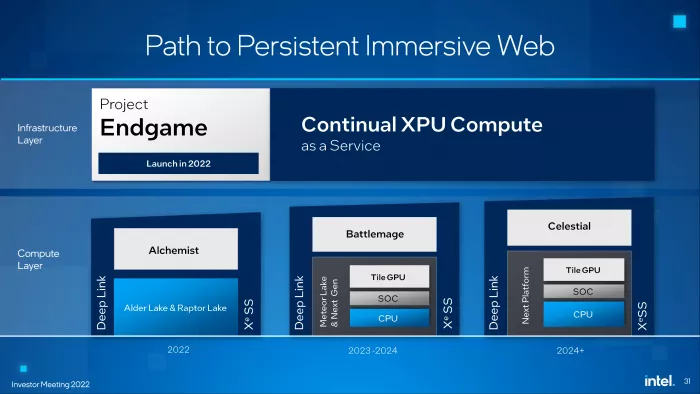
If all goes well, the first batch of meteor Lake CPUs is expected to be shipped in the first half of 2023 and officially launched in the second half of 2023.